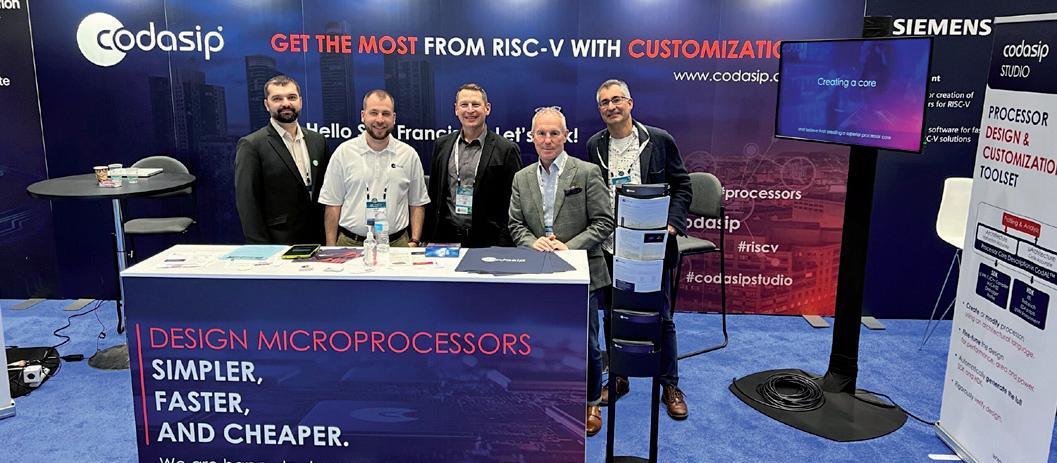Innovation Europe Welcome to the latest in our series on disruptive European-funded research. In this issue, we find out about three-dimensional (3D) stacked hardware layers for machine translation, discover how artificial intelligence (AI) is making cyber-physical systems (CPS) more efficient, and get up to date on the latest technologies powering data processing and analytics.
Innovation Europe THE FVLLMONTI: TAKING TRANSISTORS TO THE NEXT DIMENSION, WITH CRISTELL MANEUX FVLLMONTI is a FET ProActive project that
What’s the main application of this technology?
seeks to provide an innovative solution for
The one we’re targeting is translation, but basically speaking
applications such as machine translation
it could be used in any application that needs to stay on the
without relying on sending information to
device, so we don’t have to access the internet, for example, and
the cloud. Specifically, the project is creating
so can save energy. This would mean that you could have one
ferroelectric vertical nanowire field-effect
person speaking in French, for example, and the other person
transistors (VNWFETs) to produce 3D
speaking in English, and a lightweight in-ear device could be
stacked hardware layers of neural networks.
used to translate in real time. This would avoid the somewhat
We caught up with FVLLMONTI Coordinator
ridiculous situation we have at the moment, where you have to
Cristell Maneux to find out more.
send data to a translation machine in the cloud and retrieve it again, all while two people are standing in front of one another.
How is FVLLMONTI disrupting nanoelectronics? Currently, in the field of nanoelectronics, the method for producing computer processing units is to cut a wafer to create a die. Wafers are very thin, and the transistors on the hardware are actually two dimensional (2D), although the interconnects are 3D. In this project, we intend to fabricate and simulate model transistors that are really, naturally, 3D. This is important because it gives us access to a denser processing unit. Why is it important to get more density on processing units? More density allows us to have more processing power, which is a requirement for efficient neural networks. By creating 3D transistors, using nanowires, we have access to naturally 3D crossbars, which fit nicely to the neural network architecture, delivering
superior
performance
for
machine
learning
applications. Another thing which is really mandatory is to have memory port points embedded into this technology, and to do this we intend to use ferroelectric gate transistors.
FURTHER INFORMATION:
fvllmonti.eu FVLLMONTI (Ferroelectric Vertical Low energy Low latency low volume Modules fOr Neural network Transformers In 3D) has received funding from the European Union’s Horizon 2020 research and innovation programme under grant agreement no.101016776
HiPEACINFO 65 31




















